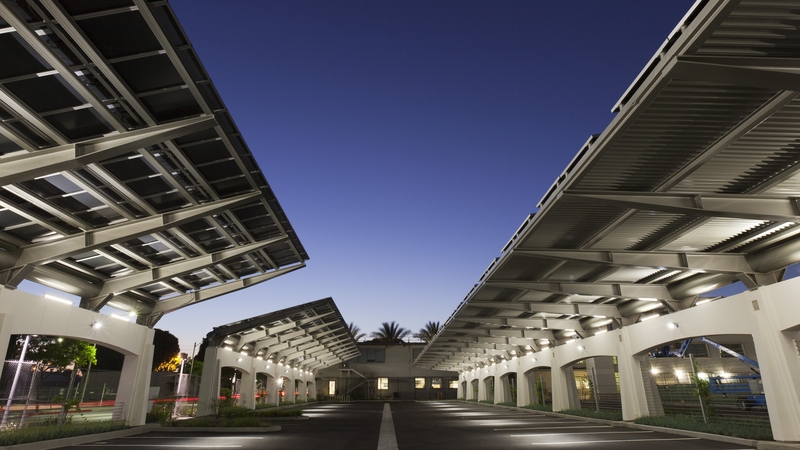Recent Articles
Four Technologies Airports Can Implement Now to Become More Sustainable
As customers increasingly expect sustainability features from their airports, Aviation leaders Giovanni Cortes Caro and Enrique Greenwell share four infrastructure upgrades that are feasible, budget-friendly and impact carbon emissions.

The United States is on the cusp of an exciting advancement in aviation infrastructure, offering airports an opportunity to make advancements in sustainability infrastructure that wouldn’t otherwise be possible. As the U.S. federal government releases the next wave of funding from the Bipartisan Infrastructure Law, airports around the country will see an influx of dollars for capital improvement projects. The unprecedented funding provides an opportunity for our industry to radically upgrade sustainability features, creating significant operational savings as well as a reduction in carbon emissions.
As customers increasingly expect sustainability features from their airports, here are four infrastructure upgrades that are feasible, budget-friendly and offer a positive impact on carbon emissions.
1. Fleet Electrification
We are a long way off from electrified aircraft, but the aviation industry can still take advantage of recent advances in electric vehicle technology. Any on-ground fleet can potentially be converted to electric. It’s not a simple process, and it requires infrastructure upgrades in the form of charging stations and potentially increased electrical input. However, aviation can draw from other transportation fields and even other industries to see the major long-term benefits from a conversion to electric fleets.
2. Photovoltaic Panels
Photovoltaic, or solar, panels have the potential to reduce energy consumption to a great degree. Their efficacy depends on a variety of factors including the climate and the placement of the buildings. Photovoltaic technology has improved greatly in recent years, and for the right airport, it can be a major part of the environmental solution.
3. Water Harvesting
Depending on local climate, harvesting rainwater and using it for multiple uses, can provide major sustainability benefits. Like the other options, this requires a capital investment up front.
4. Lighting Efficiency
Lighting can be one of the most cost-effective ways to increase energy efficiency. LED lighting tied to efficient automated lighting controls can dramatically reduce energy costs. Though this technology has been available for some time now, the deployment of automated systems take time, effort and a considerable investment.
As an integrated design firm. LEO A DALY works with clients to effectively implement all of these technologies.
“We have the technology to make fantastic upgrades that result in major carbon savings,” said Kim Cowman, PE, LEED AP, HFDP, our national director of engineering and sustainability. “With the new federal funding, airports in the United States can make major advancements. We’re looking at a more sustainable aviation industry within a few years.”

About the author
Giovanni Cortes Caro is the Aviation Market Sector Leader based in our Miami studio. He has dedicated his career to the creation and development of aviation projects locally and overseas and is responsible for more than $1.2 billion in airport terminal design. Giovanni is committed to providing innovative results in aviation design, and valuable insights into aviation trends and operations needed to deliver world-class airports.

About the author
Enrique Greenwell has more than 27 years of experience as a skilled designer, successfully completing numerous projects both nationally and internationally. His expertise includes aviation projects at DFW, SFO, and JFK, as well as mission critical, commercial, hospitality, and healthcare facilities garnering multiple design awards and recognition in esteemed publications around the world.
